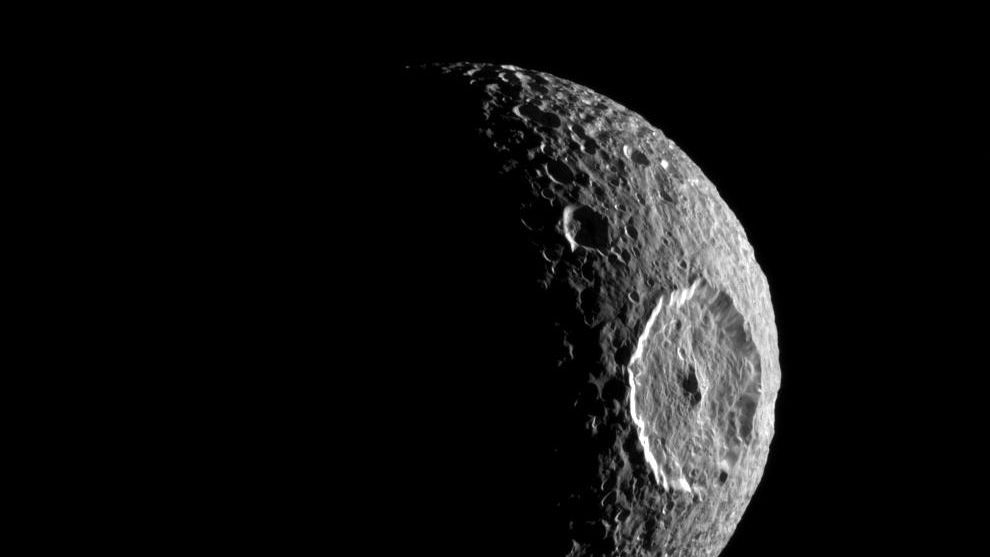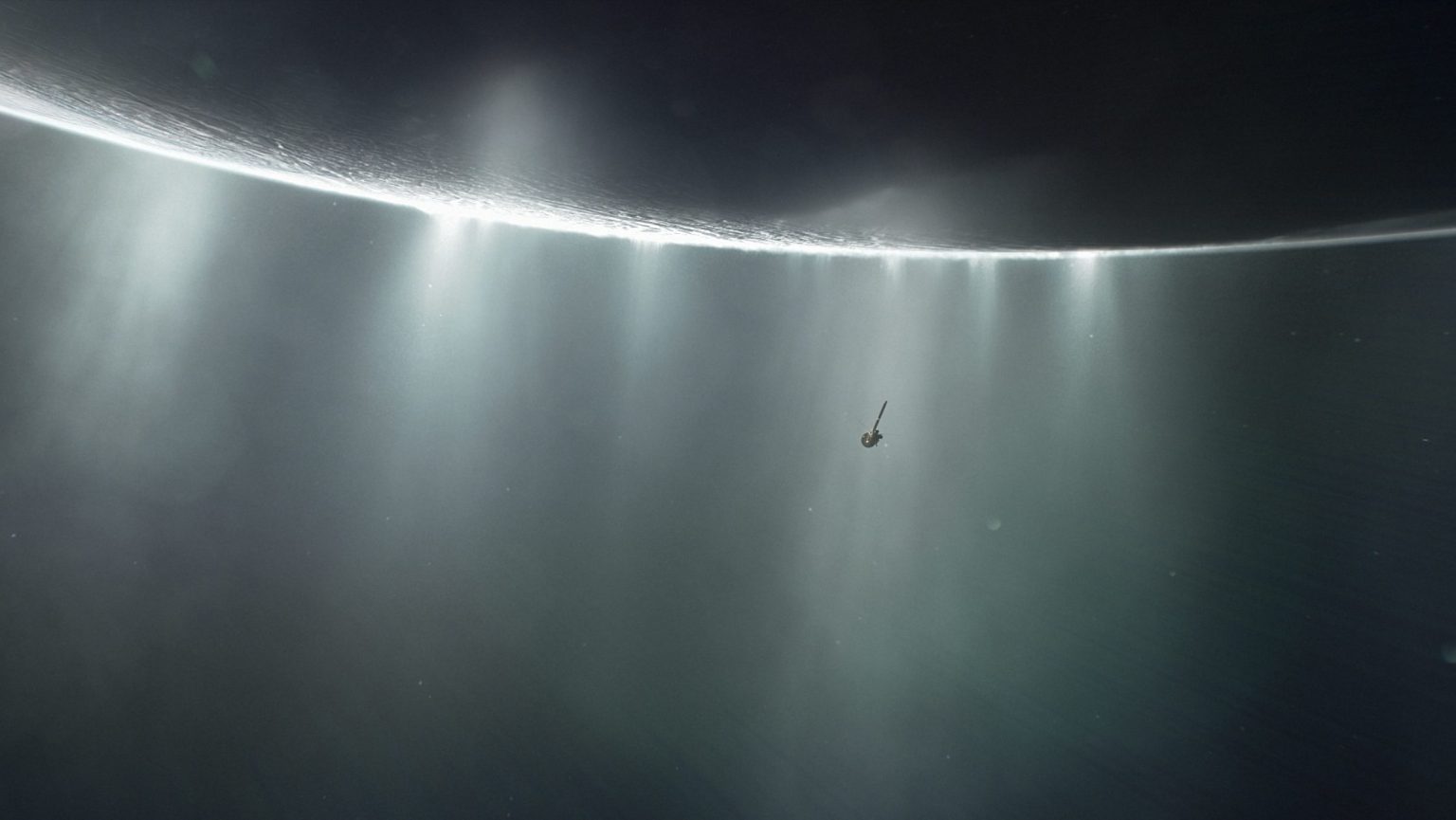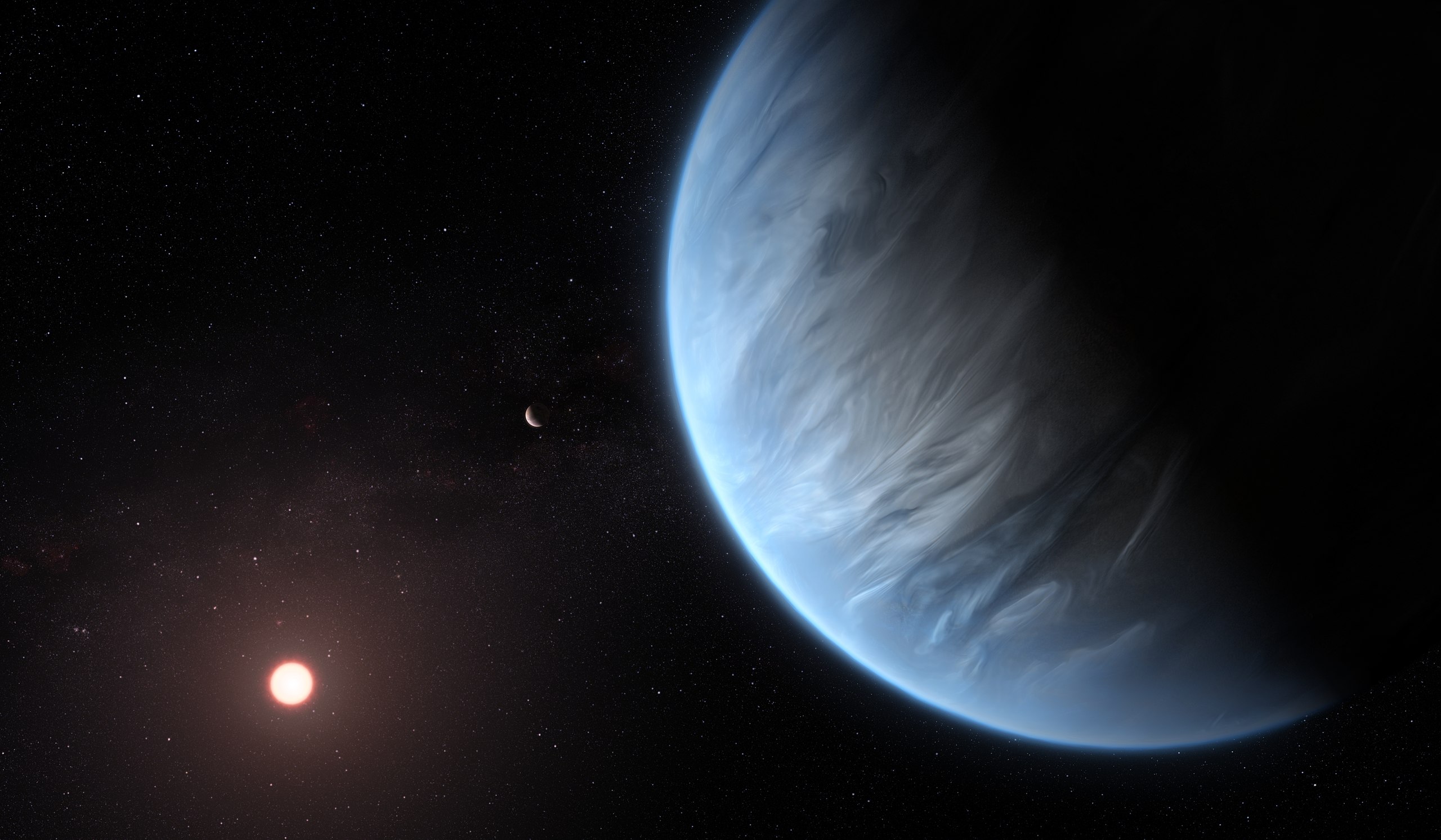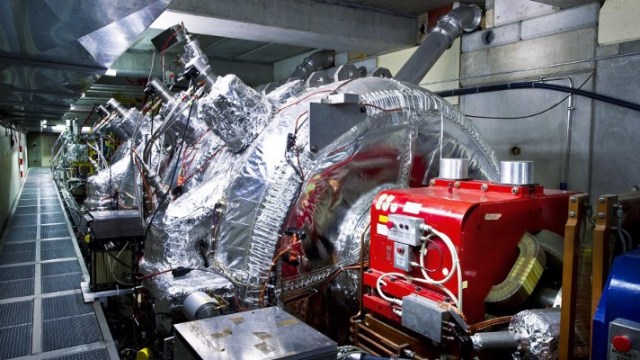Scientist claims life on Jupiter’s moon could have “octopus-level intelligence”
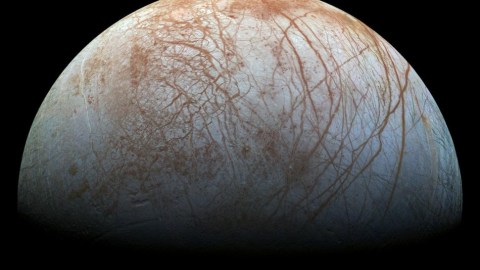
Credit: NASA/JPL-Caltech/SETI Institute
- A British scientist named Professor Monica Grady recently came out in support of extraterrestrial life on Europa.
- Europa, the sixth largest moon in the solar system, may have favorable conditions for life under its miles of ice.
- The moon is one of Jupiter’s 79.
Alien hunting is a hopeful activity and one reason behind our space programs that the public generally supports. Looking for other life is a strong incentive to be venturing out into space, despite having found none so far. Professor Monica Grady, a professor of planetary and space science at Liverpool Hope University, gave all cosmic explorers a big dose of such hope in a recent speech. She is certain there’s some form of life on Jupiter’s moon, Europa, though there is no evidence to prove it.
This life could be larger than mere bacteria, Grady said, perhaps with intelligence levels similar to an octopus, and is likely residing in the cold waters under the moon’s sheets of ice. Grady thinks there’s a great likelihood of undiscovered life somewhere in our galaxy.
She also supposes that the deeper caves and cavernous spaces of Mars could be harboring some subterranean creatures, likely bacteria, there to escape the solar radiation. They could be getting water from the ice buried deep down.
“When it comes to the prospects of life beyond Earth, it’s almost a racing certainty that there’s life beneath the ice on Europa,” she said in a February address.
She thinks these life forms on Europa, 390 million miles from Earth, could be higher in sophistication than the Martian bacteria, possibly having “the intelligence of an octopus.”
Where would the creatures live on this moon of Jupiter? Somewhere below the very thick layer of ice, which goes 15 miles deep in some places. It’s possible there is liquid water beneath all that ice, keeping whatever lives inside protected against radiation and the impact of asteroids and similar smashing bodies.
The likelihood of life on Europa is bolstered by the possible hydrothermal vents on its ocean floor. Such vents are cradles of life on Earth.
Grady thinks that our solar system doesn’t have to be particularly special and that statistically speaking, as we explore other stars and galaxies, we should be able to find conditions for life. “I think it’s highly likely there will be life elsewhere—and I think it’s highly likely they’ll be made of the same elements,” stated the professor.
Neil deGrasse Tyson: Life on Europa, Jupiter’s Moons, Ice Fishing and Racket Sports | Big Thinkwww.youtube.com
Grady did not want to guess whether we would contact extraterrestrials any time soon, citing the fact that distances between us and likely aliens might be gigantic.
On the other hand, she added, if you look at a grain of sand, you “can see that most of it is made up of silicates, but it’s also got little patches of carbon in it—and that carbon is extra-terrestrial, because it also contains nitrogen and hydrogen, which is not a terrestrial signature.”
This tiny sample, says Grady, shows it was hit by meteorites, asteroids, and interstellar dust, pointing out “It’s giving us an idea of how complex the record of extra-terrestrial material really is.”
As for Europa, it has certainly figured in conversations about alien life previously. As NASA explains, scientists call Europa an “ocean world” due to decades of observations that predict an ocean under its sheets of ice.
In 2019, water vapor was confirmed there by NASA for the first time. While it might just have the right conditions for life, does this moon have little octopus E.T.s swimming about? Future studies will tell.
Water Vapor Above Europa’s Surface Deteced for First Timewww.youtube.com

